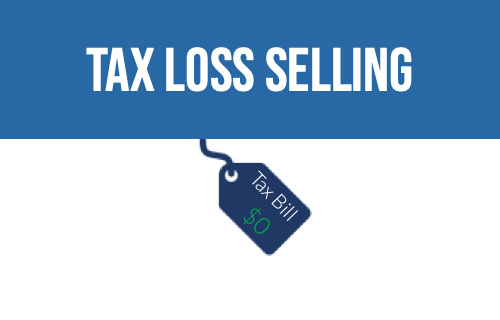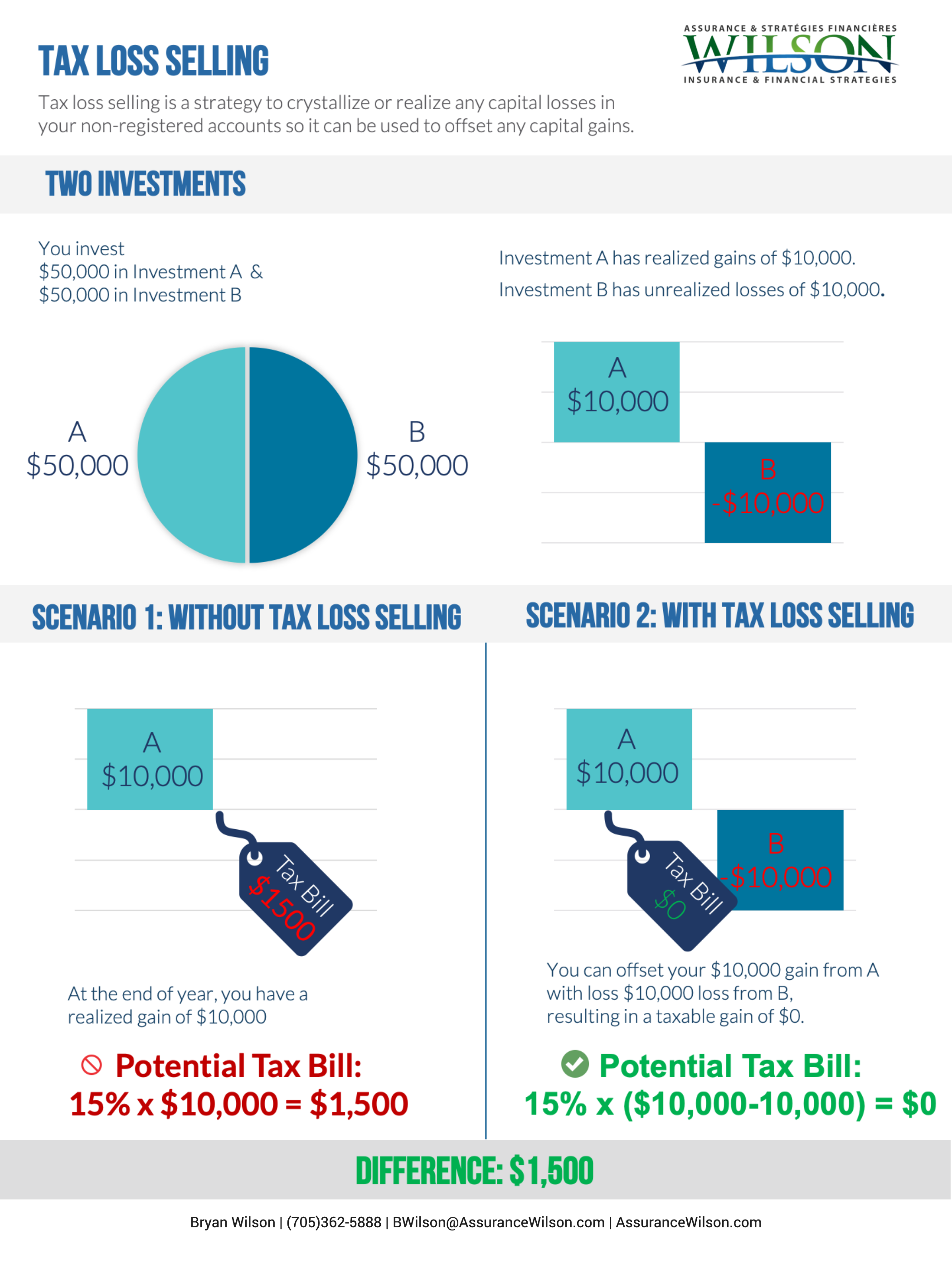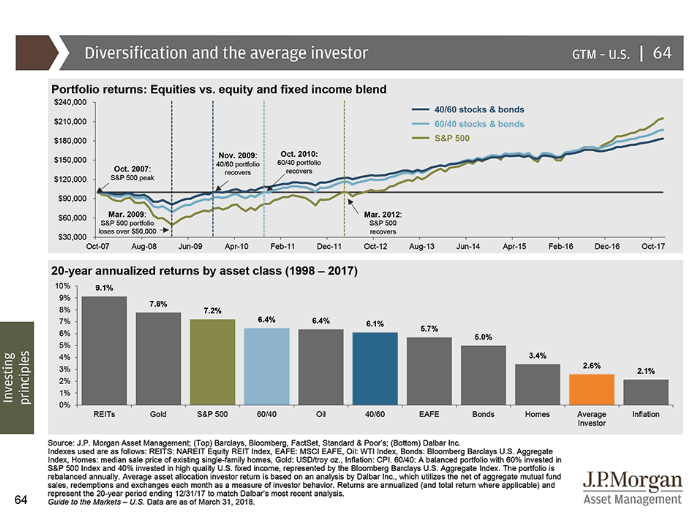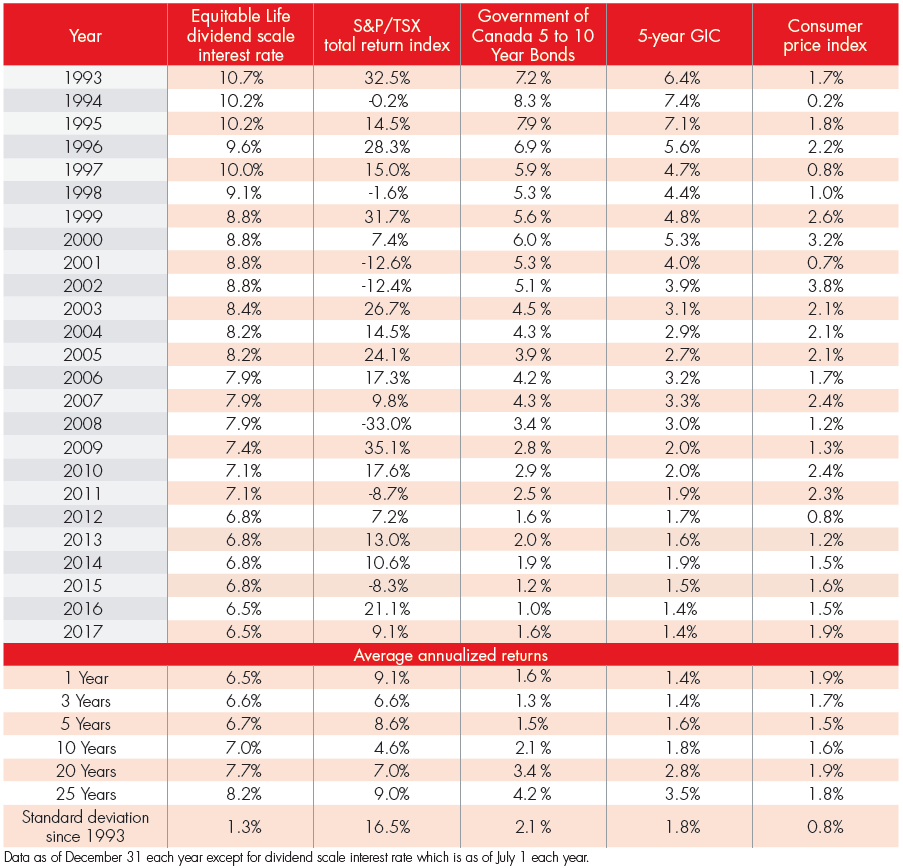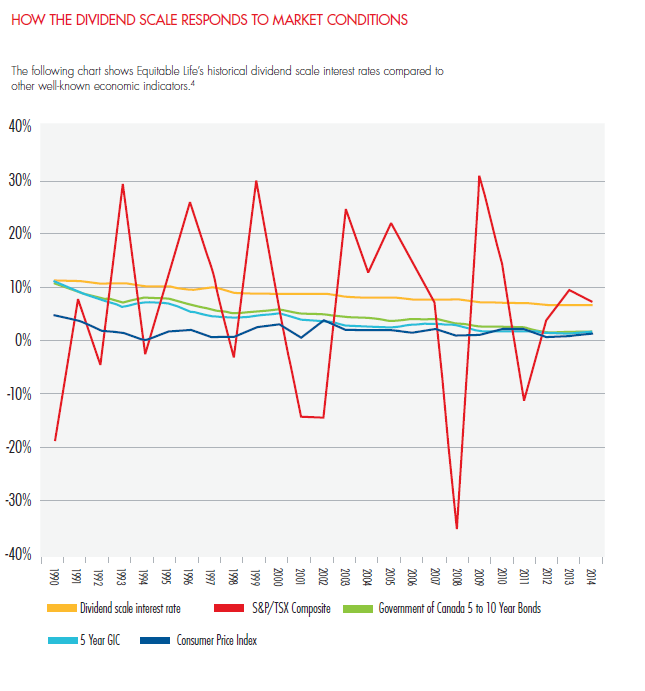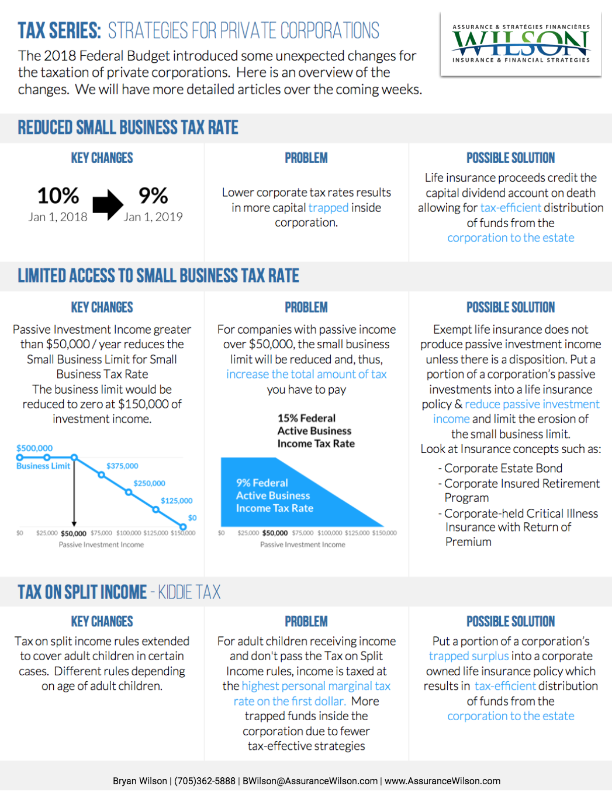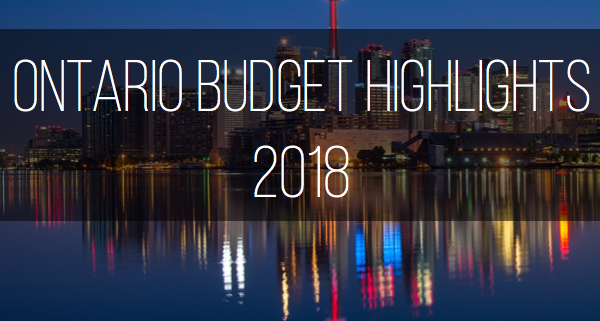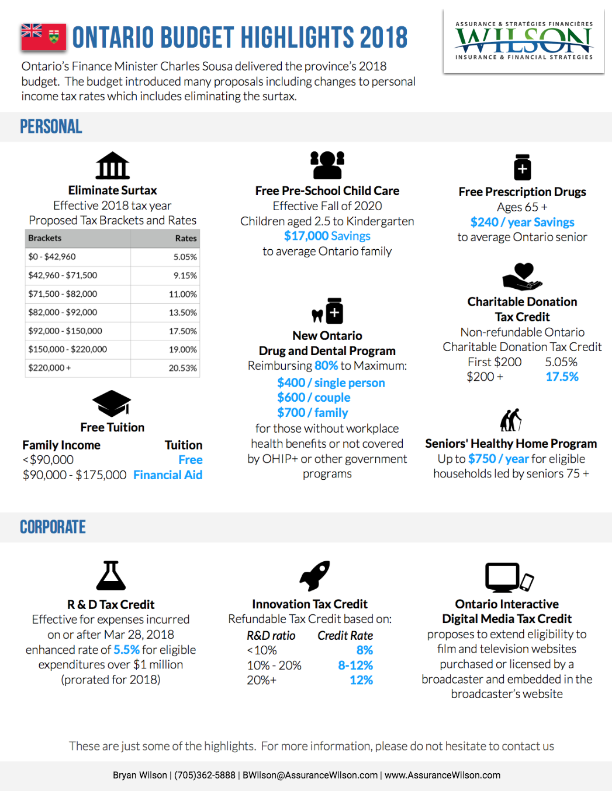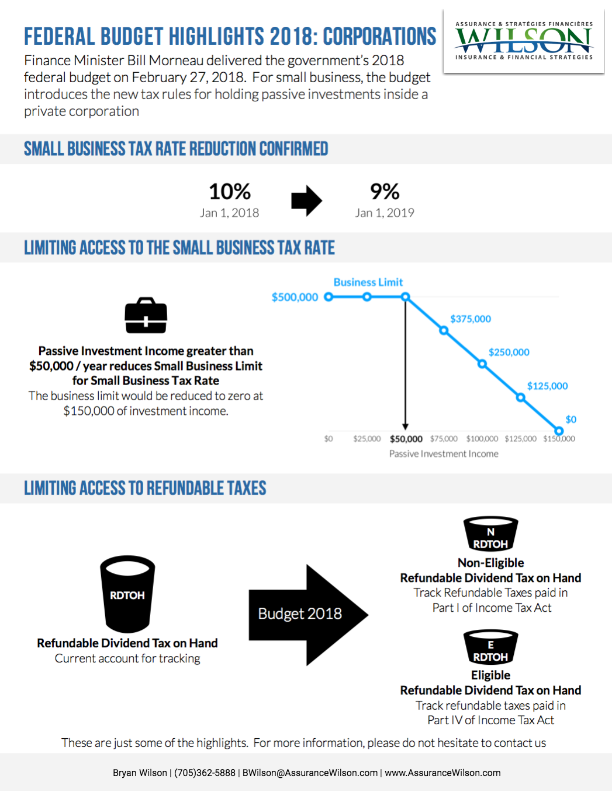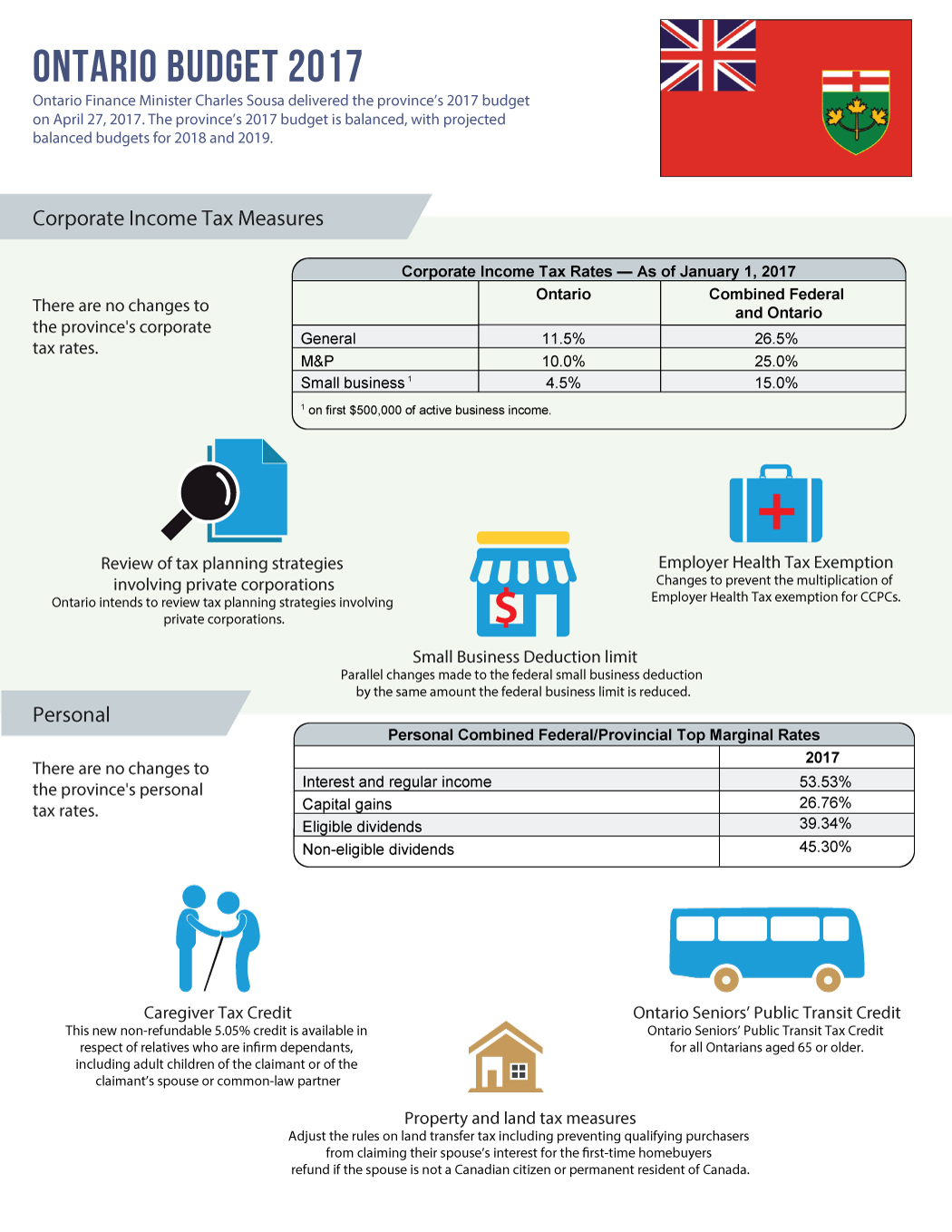Retirement Planning for Business Owners

Retirement planning can be a complex process for us all, but if you are the owner of a small business it may can get even more complicated, due to the various factors and circumstances that you have to take into consideration. A common mistake made by small business owners is reinvesting extra money to grow their business, at the expense of putting it aside to save for their retirement.
Although there is no magic formula for getting started on a retirement strategy for your business, there are some general principles which might help you to get a handle on the steps that you need to take. One of the key ideas is the consideration of both your business and your personal finances and how to structure and integrate the two in order to create a robust retirement financial strategy.
Here are some tips on how to get started on a retirement plan.
-
Set aside time to plan for the future – It’s important to make retirement planning a priority, or you run the risk of never getting around to it. A professional financial planner can help you to assess your personal circumstances and create a personalized plan that suits you and your business, with the right balance between saving and reinvestment to help your business to grow.
-
Think about your future retirement income – Here are the main sources of retirement income that small business owners usually rely on:
-
Equity held in your business – If your business is successful, you are likely to benefit from equity from it in your retirement. Selling your company is an option, particularly attractive to some as, in some cases, you could benefit from the lifetime capital gains exemption on the sale. Of course, finding the right person to run your business in the future is easier said than done. A clear succession plan, created in advance of your retirement, can help you to ensure that business continuity will be affected as little as possible and will give you peace of mind as you approach your retirement. You may also want to consider using the expertise of an accountant or mergers and acquisitions specialist to help you to value your business correctly and also look after your interests when liaising with potential purchasers.
-
Alternatively, you may choose for your children to inherit your business, or you may decide to retain ownership of dividend-paying preferred shares in order to maintain an ongoing source of income.
-
Registered plans – A Registered Retirement Savings Plan (RRSP) can offer personal tax deductions on your contributions, plus your savings will grow as tax-deferred whilst in the plan. In addition, tax-free savings accounts (TFSAs) can be a useful way to save tax-free in particular circumstances.
-
Consider offering a retirement savings plan to your employees – Paying your statutory contribution of the Canada Pension Plan is just the minimum – many small businesses choose to offer their employees enhanced pension contributions as an incentive or employee benefit. For example, you could match their RRSP contributions to a set limit, to help their retirement nest grow more quickly. Alternatively, you could offer a benefit plan with an investment contribution package from an insurance company, which can be a more straightforward and cost-effective choice.
-
Be sure to diversify – As a small business owner, you should avoid putting all of your eggs in one basket, financially speaking, as this could leave you vulnerable to changes in the market. Try to diversify your investments and spread your funds in order to protect yourself and engage the help of a professional where necessary to help you to do so.
In summary, it’s important to remember that retirement planning is a process which is unique and personal to your own and your business’ circumstances and there is no uniform approach which works across the board. Take time to take stock of your current situation, as well as your goals for the future and this will help you to create a retirement plan that is right for your needs, both current and future.


